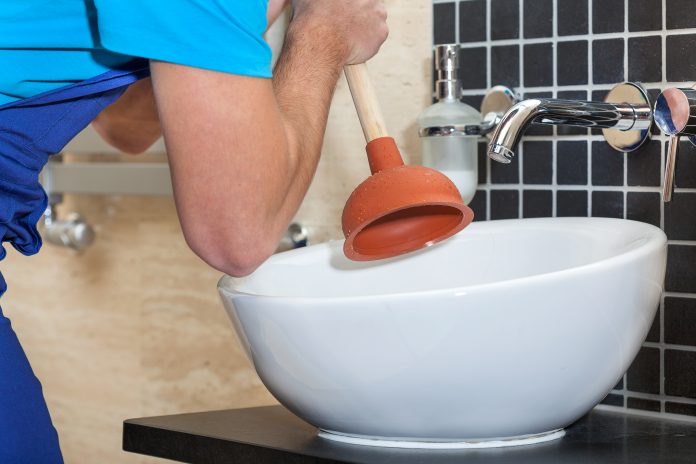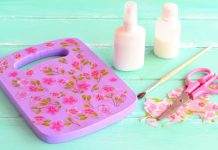Fixing domestic plumbing is one of the easiest yet often ignored activities in a typical household. Did you know that you could save a lot by doing your own plumbing repairs? It is not that difficult. In fact, most times, all it takes is a YouTube video and a few home tools.
Going green is a conscious decision, and as the world becomes more aware of our planet’s vulnerability to corrosive chemicals, it becomes more imperative to use environmentally-friendly methods to unclog and clean your pipe networks.
You can do the same in your home with simple everyday tools. Here are some eco-friendly ways to start.
Phase One: Going steady
The best time to clear a weak drain is when toothpaste deposits, lost hairs and soap residue are starting to accumulate. You want to clear off the clogs before they become comfortable in your pipe networks.
- Step 1- Empty the clumps
Start by removing the plug. Most sinks have a plug stopper which can be unscrewed. For bathtubs, you can use a screwdriver.
Take a handy tool- maybe an untwisted paper clip, or something useful that you can buy at your local hardware store. Reach inside your drain and fish around for whatever you can bring out. Note of warning, it won’t be pretty and it will most likely stink. But it’s your home after all. Throw your findings away.
- Step 2- Volcano
The next step is more interesting. Empty half a cup of baking soda into your drain. Next, pour a cup of vinegar into it, and watch out for the volcano effect. If the soda/vinegar solution is slow-draining, use a short stick to poke around until it goes down. In some cases, the drain may overflow, so get a washcloth ready to stop it while you set a pot of water to boil.
Empty the hot water into the drain to dissolve the debris. Black goo will erupt but it is more likely to drain the sink or bath. If it doesn’t after the hot water, then more drastic measures are needed.
Phase Two: Blocked with stagnant water
If you couldn’t overcome your stagnant water issue in phase one, you have more work coming. Put on a pair of gloves for the next stage because it’s going to be messy.
- Step 1– Repeat the first step from phase one and see if it makes any difference.
- Step 2- Plunge it
It is best to use a small plunger specifically for unclogging sinks. In a drastic situation, you could sterilise a toilet plunger (thoroughly) and use it- or simply get a new one. Stop the overflowing drain with a toilet wash cloth to make the plunger effective.
- Step 3- Pull out the clogs
If the plunging proves ineffective, try to dislodge the clog with your gloved hand and pull it out. Where it’s a narrow sink, use a wire coat hanger or some hooked wire to fish deeper into the drain and empty the contents.
Ensure you dispose of the unsightly contents properly and wash your hands. Now, screw the drain back onto position and pat yourself on the back for a DIY job well done.
Or you call a professional if you concede a loss in the battle between man and sink.




















